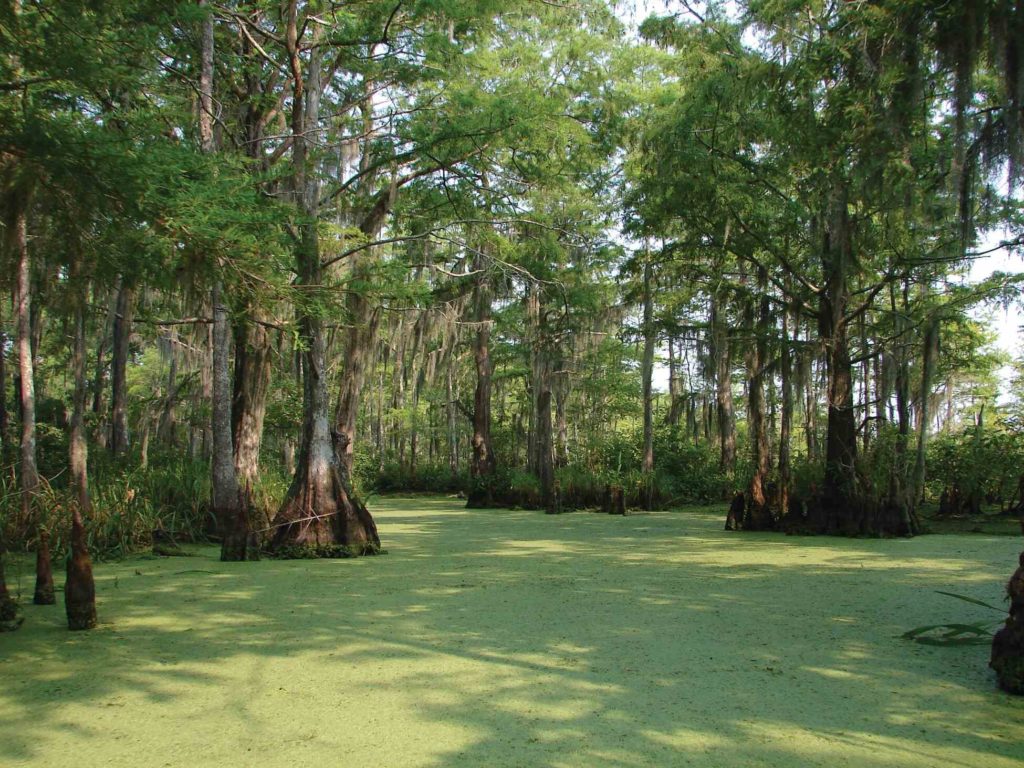LWF has submitted comments to the White House Office of Management and Budget (OMB) urging the Biden administration to not support funding for the proposed Pearl River “One Lake” project – a project that has been described by the U.S. Fish and Wildlife Service as the “most environmentally damaging” alternative in 2018 official comments. The plan aims to dredge a portion of the Pearl River wider and deeper, fill 1864 acres of floodplain wetlands, install a new low-head dam (weir) and create a 1500 acre lake on the Pearl River, seven miles downstream of the Ross Barnett Reservoir. A 2020 Agency Technical Review report by the Corps states that the lake alternative apparently contradicts Corps plan formulation policy and Executive Order 11988 (1977) discouraging development in floodplains.
“ Reductions to downstream flow of freshwater through the Pearl River would jeopardize water quality, the productivity of seafood, hundreds of millions of dollars of coastal restoration projects, and degrade or destroy critical habitat for vulnerable species …On an already dammed, regulated river, dredging another lake on the Pearl River’s channel carries the most risk to habitat and wetlands in the project area and downstream, to minimum flow, to two protected species, and to channel stability.”
Opposed from the start
LWF has had concerns about the “One Lake” project from the beginning. In 2018, LWF, along with 25 other organizations, submitted comments to the U.S. Army Corps of Engineers and the Rankin Hinds Pearl River Flood & Drainage Control District Board of Directors expressing concerns about the initial public comment process. Following these concerns, a public meeting was held on the Draft Environmental Impact Statement. During the public comment period, LWF submitted comments in opposition to the project. At LWF’s annual meeting the following year, the LWF Board adopted a resolution in opposition to the proposed project.
Background
The Pearl River, “One Lake” project proposes a channel improvement plan (Alternative “C”) as its preferred alternative to reduce flooding in the Jackson, Mississippi metro area by creating a large body of water by deepening and widening the floodplain and the installing a new downstream weir.
The Channel Improvement Plan is currently under review by the Army Assistant Secretary for Civil Works. The Rankin Hinds Pearl River Flood and Drainage Control District is the local project sponsor. There were two other flood reduction alternatives in the 2018 Draft EIS; one described non-structural measures like elevations and buyouts of flood prone properties while the other calls for extensive levee improvements.
The Rankin Hinds District was given permission to develop the DEIS and related studies, primarily because the Vicksburg Corps of Engineers District, preferring levees, declined any further consideration of a lake design in 2007. Rankin Hinds District began a scoping process for a Draft EIS in 2013, publishing the current version DEIS in July of 2018. The Army Assistant Secretary for Civil Works staff began review of the latest DEIS version in July 2022 and has tasked the Mississippi Valley Division of the Corps, Commanded by Maj. General Diana Holland, to build a review team composed of staff from the Memphis, New Orleans and Vicksburg Corps District offices.
What’s next?
This team at the Corps will resolve issues found in the Secretary’s most recent examination of the project documents and produce a “decision document” for the Army Secretary in late 2022 or early 2023. A public comment period will follow.
Stay tuned for how you can take action once the updated plan is released for public review. Sign up for LWF news to get stay updated.


Comments are closed.